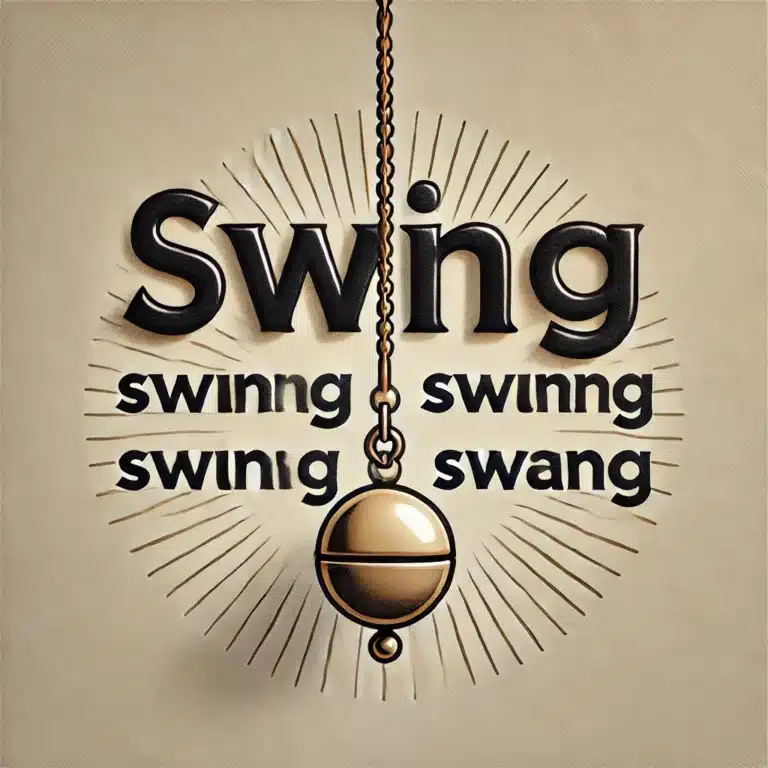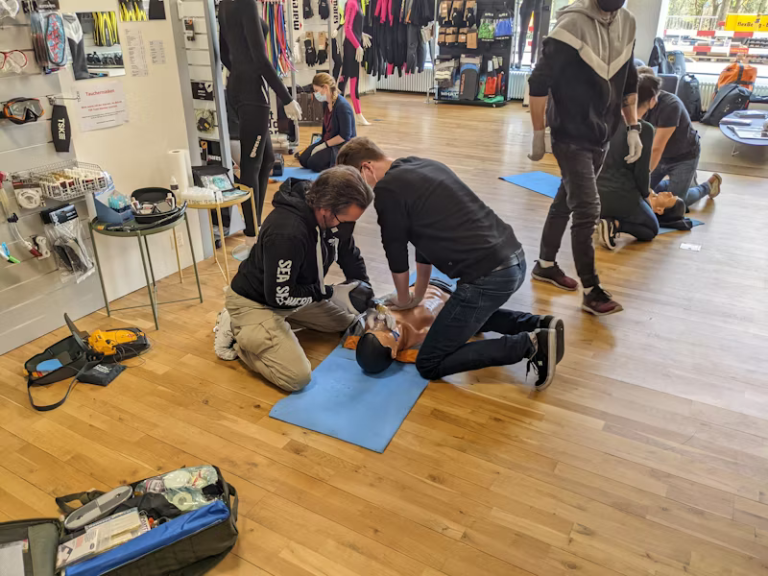Mastering the Past Tense and Past Participle of “See”: A Comprehensive Guide
In the vast landscape of English words, few verbs are as essential and frequently used as “see.” Yet, when it comes to talking about the past, many stumble. This guide will shed light on the correct usage of “see” in its past tense and past participle forms, helping you avoid common mistakes and elevate your language skills.
The Simple Past Tense of “See”
When we talk about the past, the simple past tense of “see” undergoes a word change to “saw.” This irregular form often trips up learners, but mastering it is crucial for clear communication.
How “See” Becomes “Saw”
The transformation from “see” to “saw” is a prime example of how English verb forms can be unpredictable. Unlike regular verbs that simply add “-ed” to form the past tense, “see” takes on a completely different shape.
Here’s a quick reference table for the conjugation:
| Subject | Present | Past |
|---|---|---|
| I | see | saw |
| You | see | saw |
| He/She/It | sees | saw |
| We | see | saw |
| They | see | saw |
Why “Saw” Matters in Storytelling
When telling stories or recounting past events, using “saw” correctly can make your narrative more vivid and accurate. Consider these examples:
- “I saw a shooting star last night.”
- “They saw the concert from the front row.”
These sentences place the action firmly in the past, creating a clear timeline for your listeners or readers.
The Past Participle: “Seen”
The past participle of “see” is “seen.” This form is crucial for constructing perfect tenses and passive voice sentences.
Using “Seen” in Perfect Tenses
Perfect tenses combine auxiliary verbs with the past participle. Here’s how “seen” fits into these structures:
- Present Perfect: “I have seen that movie before.”
- Past Perfect: “By the time I arrived, she had seen the doctor.”
- Future Perfect: “We will have seen all the attractions by next week.”
“Seen” in Passive Voice
The passive voice often employs the past participle. For instance:
- “The suspect was seen fleeing the scene.”
- “This phenomenon has been seen in various parts of the world.”
Common Usage and Expressions
Idiomatic Phrases with “Saw”
English is rich with idioms that use saw. Here are a few:
- “I saw the light” (understood or realized something)
- “I saw red” (became very angry)
- “I saw eye to eye with him” (agreed completely)
Colloquial Uses of “Seen”
In some dialects, you might hear “seen” used incorrectly in place of “saw.” For example:
- “I seen him yesterday.” (incorrect)
- “I saw him yesterday.” (correct)
While common in casual speech in some regions, this usage is considered grammatically incorrect in standard English.
Read About : Hoodie or Hoody?which One is correct
Avoiding Common Mistakes
To avoid mix-up and prevent confusion, keep these tips in mind:
- Never use “seen” without a helping verb.
- Incorrect: “I seen the movie.”
- Correct: “I saw the movie.” or “I have seen the movie.”
- Don’t confuse “see” with similar verbs.
- “Look” is intentional: “I looked at the painting.”
- “Watch” implies duration: “I watched the sunset.”
- “See” can be intentional or unintentional: “I saw a bird fly by.”
- Maintain tenses consistently in your sentences.
- Incorrect: “When I seen him, I was shocked.”
- Correct: “When I saw him, I was shocked.”
Practice Exercises
To help you keep tenses straight, try these exercises:
- Fill in the blanks:
- Yesterday, I _ (see) a rare bird in my backyard.
- Have you ever _ (see) the Northern Lights?
- Correct these sentences:
- “I seen her at the store yesterday.”
- “By next month, I will saw all of Europe.”
- Choose the correct form:
- “After he (saw/had seen) the accident, he called 911.”
- “She (saw/had seen) the movie before we invited her.”
Advanced Considerations
Conditional Sentences with “See”
In conditional sentences, the usage of “see” can become more complex:
- “If I saw a ghost, I would run.”
- “Had I seen the warning signs, I would have acted differently.”
Reported Speech and Backshifting
When reporting what someone said in the past, we often need to backshift the tense:
- Direct speech: “I see a problem,” she said.
- Reported speech: She said she saw a problem.
Tips for Mastery
- Mnemonic Device: Remember “I saw what I have seen.” This helps distinguish the simple past from the past participle.
- Exposure Techniques:
- Read extensively in English to internalize correct usage.
- Listen to podcasts or watch shows in English, paying attention to how “saw” and “seen” are used.
- Writing and Speaking Practice:
- Keep a journal using past tenses.
- Practice telling stories about your day using “saw” correctly.
Case Study: The Importance of Correct Usage
“In a high-profile legal case, a witness statement was thrown into question because of a simple grammatical error. The witness had written, ‘I seen the suspect leave the building,’ which led to debates about the witness’s credibility and education level. This showcases how proper grammar can impact perceptions and outcomes in critical situations.” – Legal Language Expert
Conclusion
Mastering the past tense and past participle of “see” is more than just a grammar exercise—it’s a key to clear, effective communication. By understanding how to use saw and “seen” correctly, you’ll enhance your ability to describe past events, construct complex sentences, and avoid mix-up in your English usage.
Remember, language is a tool for connection and expression. The more accurately you can wield it, the more powerfully you can convey your thoughts and experiences. So, keep practicing, stay curious, and watch as your command of English grows stronger with each passing day.
Additional Resources
To further enhance your understanding and usage of past tenses in English, consider these resources:
- Grammar Books:
- “English Grammar in Use” by Raymond Murphy
- “The Elements of Style” by Strunk and White
- Online Exercises:
- Recommended Reading:
- Classic novels like “To Kill a Mockingbird” by Harper Lee or “The Great Gatsby” by F. Scott Fitzgerald offer excellent examples of past tense usage in literature.
By diving into these resources and consistently applying what you learn, you’ll soon find that using “saw” and “seen” correctly becomes second nature, enhancing your overall English proficiency.







